Not that there's anything wrong with that.*
Following up on this morning's "
Meet The Dumbest Insurance Company In The World And the 68.6% Annual Return".
From Bloomberg:
Arbitrage Discovered
Webster's New World College Dictionary defines "arbitrage" as "a
simultaneous purchase and sale in two separate financial markets in
order to profit from a price difference existing between them," but who
reads dictionaries, come on. The
practical definition of "arbitrage," at least in the marketing of
financial products, is "a thing we think we can make money doing, keep
your fingers crossed." So when someone comes to you and offers you a
thing called a "Fixed Price Arbitrage Life Insurance Contract,"
he's not actually offering you the ability to buy and sell the same thing at different prices, locking in a risk-free profit. It's not actually an arbitrage.
EXCEPT NO HOLY GOD IT IS THIS IS AMAZING:
Life insurance is a popular savings product in France, and typically
the customer allocates their money among different investment funds
offered by the insurer. But this contract was not typical: prices for
the funds were published each Friday, and clients were allowed to switch
funds at those prices anytime before the next price was published, even
if markets moved in the meantime.
L’Abeille Vie called this an arbitrage, but really it was a gift. Is
the stock market up this week? Just call your broker to buy it at last
week’s price and pocket the difference.
That's from Dan McCrum at FT Alphaville,
and while I suspect that most of my readers who enjoy a good
derivatives-mispricing yarn also read Alphaville, I figured I'd point it
out here because it is the best of all derivatives-mispricing yarns,
and I would hate for anyone to miss it. So go read him, and/or the French magazine -- aptly named "Challenges" -- that first reported this....MUCH MORE, including four footnotes:
*I've been known to go off on this issue myself:
1. 2013's "
My Second-to-Last Comment on Izabella Kaminska at Tyler Cowen's Marginal Revolution":
....
People, people, people arbitrage opportunities have been disappearing for the past 150 years!
I guessing the two commenters didn't have the definition:
"The simultaneous purchase and sale of the same instrument in different markets at different prices" pounded into their head so often their ears bled.
I did.
How many arbitrages do they think present themselves each year?
Spotting and acting on an arb is pure alpha and here is a dirty little secret:
The
entire amount of alpha available to the
entire hedge fund industry is only $30 billion per year.
As reported by a hedge fund maven via
Investment News back in 2006:
...PHILADELPHIA - Everyone in the crowd assembled for the CFA
Institute's hedge fund conference took notice when David S. Hsieh said
that the amount of alpha available in the hedge fund industry each year
is $30 billion.
Mr. Hsieh, a professor of finance at the Fuqua
School of Business at Duke University in Durham, N.C., presented a
synopsis of his ongoing research, which focuses on the style, risk and
performance evaluation of hedge funds, at the Feb. 16 conference here.
As part of his work, Mr. Hsieh questioned whether flows into hedge funds
are causing a decline in hedge fund returns and what might happen if
the high rate of inflow continues.
Because of difficulties in
obtaining reliable hedge fund data, Mr. Hsieh used fund-of-hedge-funds
data and broke down returns into alpha and beta sources. He said the
research led him to "feel comfortable" determining that there is a
finite amount of alpha - conservatively, $30 billion - managed by the
approximately $1 trillion hedge fund industry. And even if capital
invested in hedge funds were to rise, the amount of alpha would remain
the same....
Got that?
All alpha not just arbitrage but all alpha was just $30 bil. in '06.
Here's CBS MoneyWatch in March 2013:
Hedge funds are too big to beat the market
This is probably just a definitional problem so let's say it plainly:
In so called risk (merger) arbitrage the emphasis is on the first word.
Cash-and-carry, buying physical and shorting a derivative is not arbitrage.
When people use the term "arbed away" when talking about market anomalies the are not talking about an arbitrage.
Shorting an ETF and buying the component equities is not an arb, it's just a hedged trade.
Same for Index Arbitrage.
The total pool of arb opportunities may be as small as $1 billion.
Even the old Royal Dutch and Shell Transport trade was not an arb, just a fairly good pair trade.....
MORE
2. 2012's "
Arbitrage: Historical Perspectives"
3. 2014's "
Gold and Backwardation or: Why to Hate Izabella de Alphaville"
The faux-eastern-European sounding sub-head is to honor one of her
commenters at Dizzynomics who thought that, because of her last name
(technically feminine adjectival surname, I looked it up), she was an English-as-a-second-language émigré from points east.*
That's pretty funny.
The hate terminology comes from the fact that I was dithering whether to link to the piece that is the basis for her post "The time value of gold and anything" while she was using it as a take-off for some fancy commodities-and-more writing. From Dizzynomics.....
4. 2014 again: "
As John Paulson Discovers Once Again: Risk-arbitrage Is Pronounced with the Accent On the First Syllable"
5. 2011 "
Glencore: The Perfect Arbitrageur"
6. 2011 "
Mispricing of Dual-Class Shares: Profit Opportunities, Arbitrage, and Trading"
7. 2007 "
How Buffett Made a Killing in Chocolate, And Warren's Letters to Shareholders":
Warren on arbitrage:
Some offbeat opportunities occasionally arise in the
arbitrage field. I participated in one of these when I was
24 and working in New York for Graham-Newman Corp.
Rockwood & Co., a Brooklyn based chocolate products
company of limited profitability, had adopted LIFO
inventory valuation in 1941 when cocoa was selling for
50 cents per pound.In 1954 a temporary shortage of cocoa caused the price to
soar to over 60 cents. Consequently Rockwood wished to
unload its valuable inventory - quickly, before the price
dropped. But if the cocoa had simply been sold off, the
company would have owed close to a 50% tax on the proceeds.
The 1954 Tax Code came to the rescue. It contained
an arcane provision that eliminated the tax otherwise due
on LIFO profits if inventory was distributed to shareholders
as part of a plan reducing the scope of a corporation’s business.
Rockwood decided to terminate one of its businesses, the sale
of cocoa butter, and said 13 million pounds of its cocoa bean
inventory was attributable to that activity. Accordingly, the
company offered to repurchase its stock in exchange for the
cocoa beans it no longer needed, paying 80 pounds of beans
for each share.
For several weeks I busily bought shares, sold beans, and
made periodic stops at Schroeder Trust to exchange stock
certificates for warehouse receipts. The profits were good
and my only expense was subway tokens....
And many more.
And apparently, for some reason the FT Alphaville journalist Izabella Kaminska makes me think of arbitrage.
All together now: "The
only perfect hedge is at
Sissinghurst":







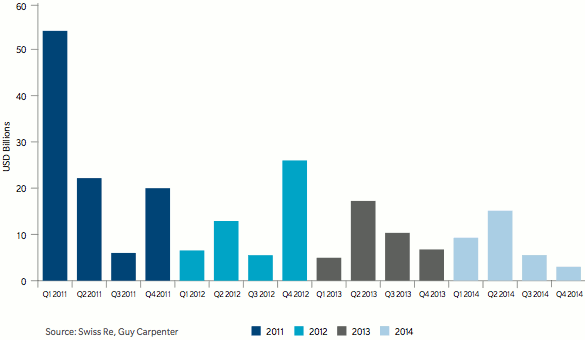
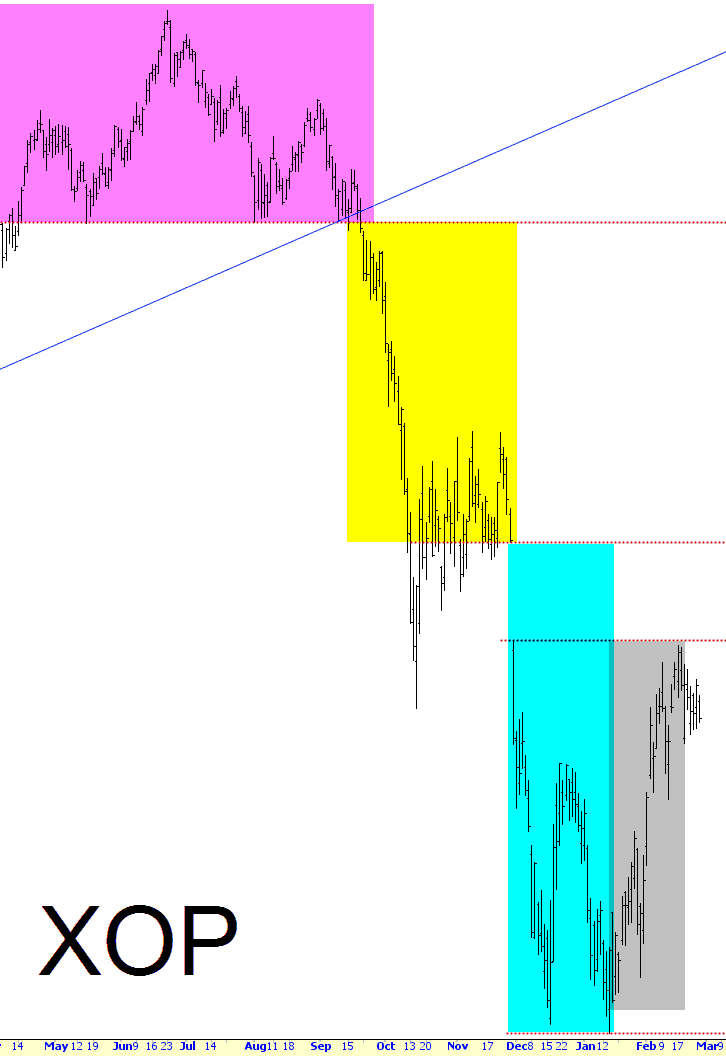
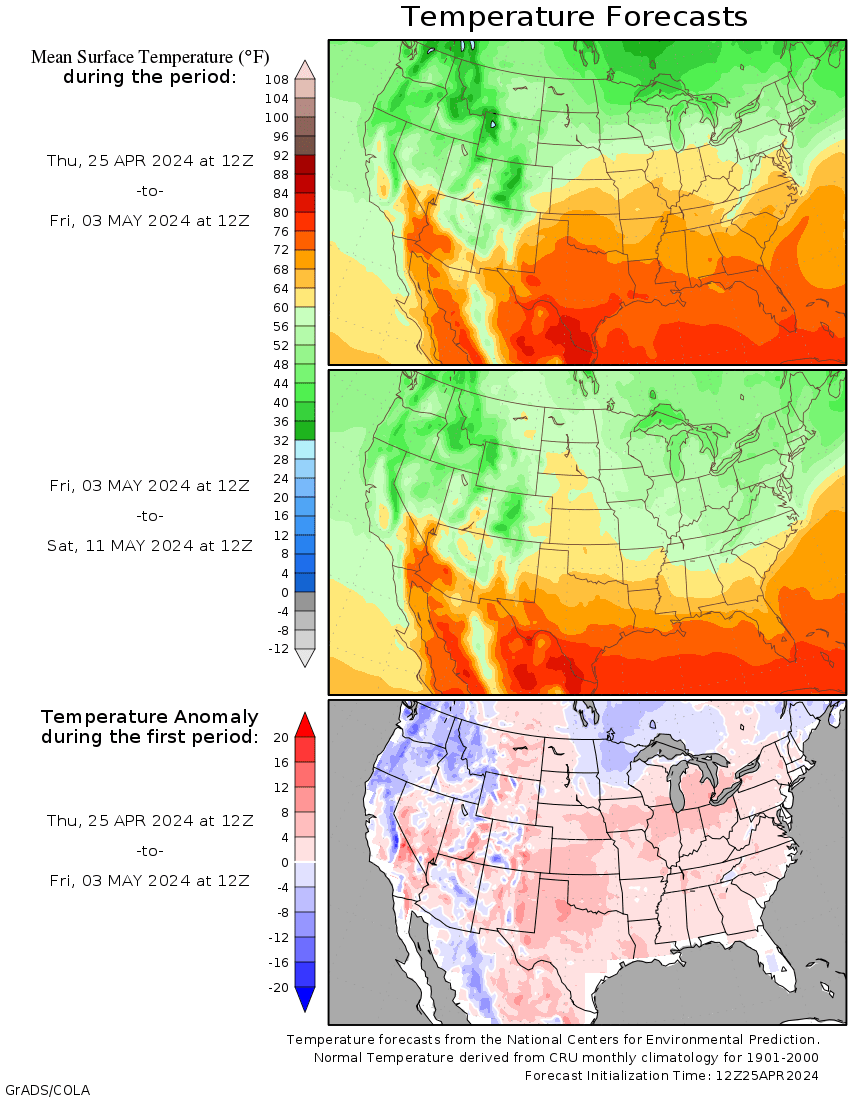
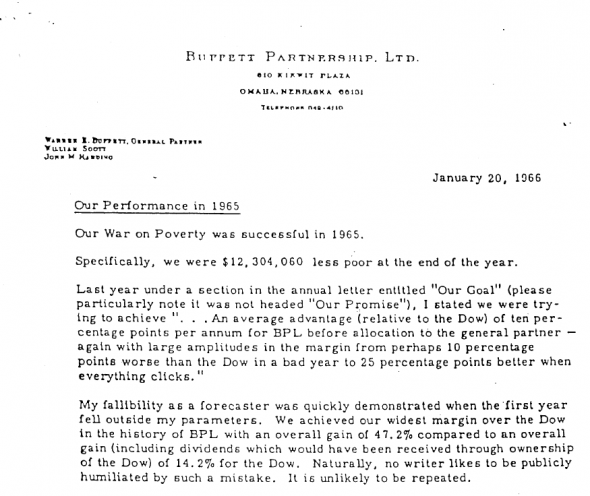
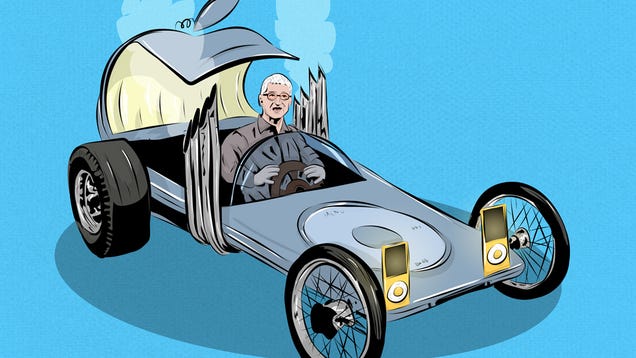





Doing a reductio ad absurdum, you would construct a human powered generator.
At a spacing of one meter, a 950 mile diameter wheel would employ five million people.
At 1/10 horsepower per person you would generate 3 million kWh/day.
Of course paying even the minimum wage gets your cost up to the $90.00 kWh range (i.e $80,000/month for the average home’s usage) but you’ve put 5mm folks to work.
This is an extreme example but the concept is pretty well fleshed out in the literature.